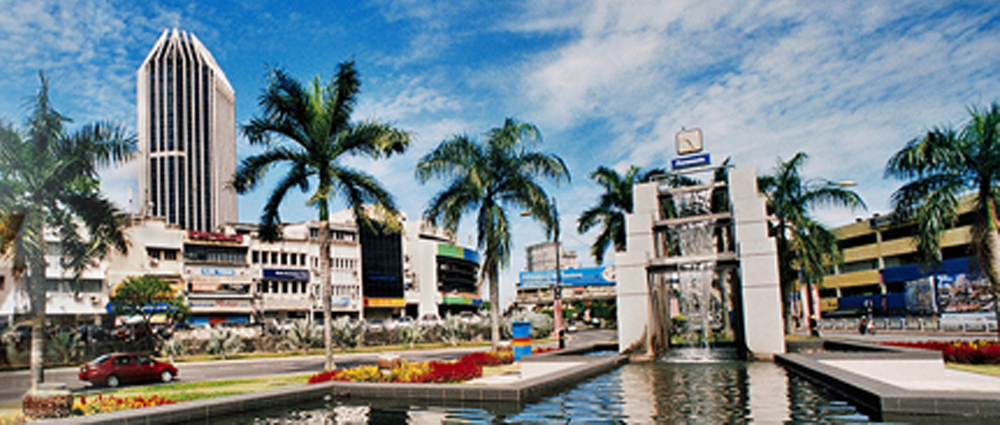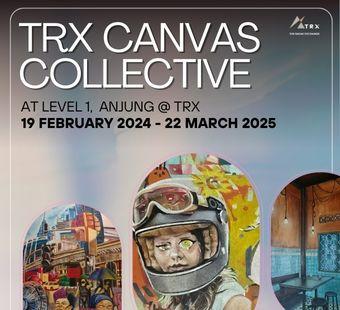Petaling Jaya, fondly known as PJ, was first created as a satellite town to support KL’s economic boom in the 1950s. PJ quickly outgrew its original role as a dormitory town and has today become an economic powerhouse of its own.
The city, which borders Shah Alam, Subang Jaya, Rawang and Kuala Lumpur, is about 97.2 million sqm wide, with a population of more than 700,000.
The town took shape in 1952 with 800 houses around the settlement now known as PJ Old Town. The demographic was reflected by the type of houses built during the time: affordable single or double storey with simple designs for middle class residents while bungalows with sizeable compounds catered for the affluent. Over the years as the population increased, the municipality grew and more areas opened for housing.
Today, PJ has some of the most valued and densely populated areas in the Greater KL, including Damansara Utama, Damansara Jaya, parts of Bandar Sunway, Bandar Utama, Kota Damansara and Kelana Jaya.
Malaysia's first highway and KL’s lifeline, the Federal Highway, opened in 1957 linking PJ to KL and Port Klang. It enhanced PJ's status as a strategic town for residents and industries alike. When the Subang International Airport started operations a few kilometres away, it made PJ the industrial city of Malaysia. PJ's economy grew, becoming a base for consumer goods companies such Colgate Palmolive and Fraser & Neave in the 60s, and later for electronics and electrical manufacturers such as Motorola, Panasonic and Matsushita during the 1980s.
As the town expanded, Seksyen 52, or PJ New Town, was opened to be the town centre and remains to this day the heart of PJ, with its many public, financial and commercial services. PJ Hilton, the first international-class hotel in PJ, is found here, along with the municipality building, Selangor state institutions and the COBRA clubhouse, a legacy from the British days.
You can see traces of PJ of old from its chunky Brutalist buildings, the symbol of 1960s PJ that lent a distinct character. These raw concrete buildings -- known for their fortress-like structures, exposed concrete facades and imposing characters -- were cheap to build and cheap to maintain, making them a popular choice. Some examples of the PJ’s Brutalist utilitarianism were the University Hospital, the town’s first community space PJ Civic Centre, and Dewan Tunku Canselor, the centrepiece of the University of Malaya, Malaysia’s oldest public university that straddles KL on one side and PJ on the other.
PJ was awarded city status in 2006, and now is one of the most connected suburbs in Greater KL. The Kelana Jaya LRT line and the KTM Komuter are now expanded further by the new MRT that passes through Kota Damansara, Mutiara Damansara and Bandar Utama.








